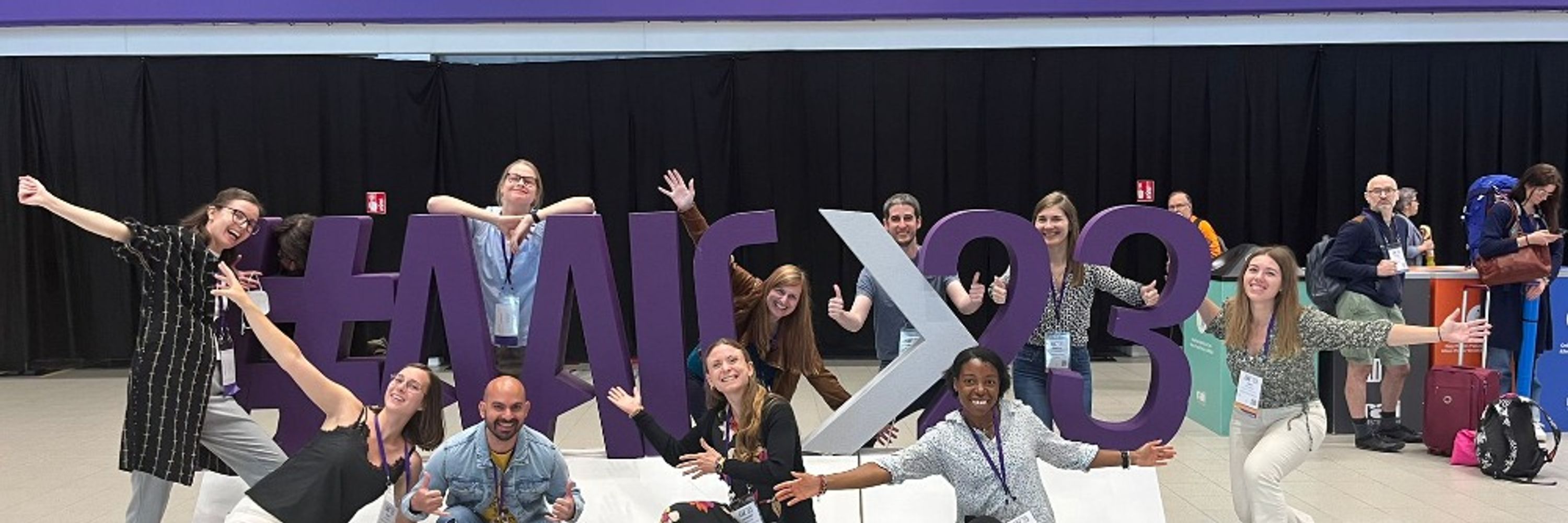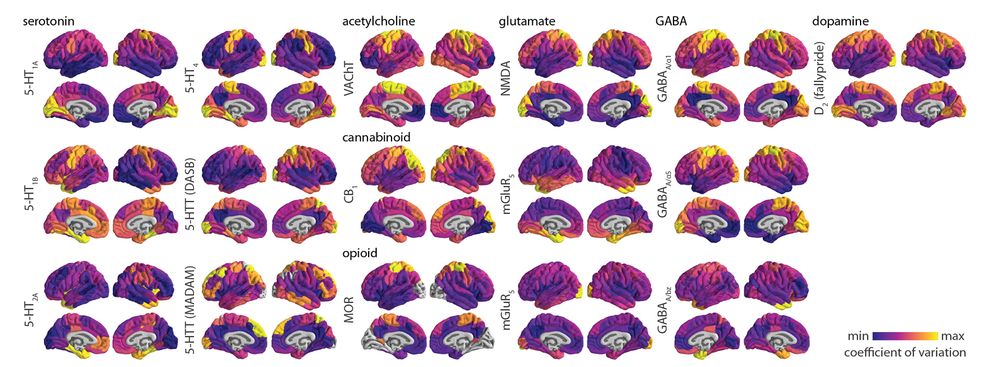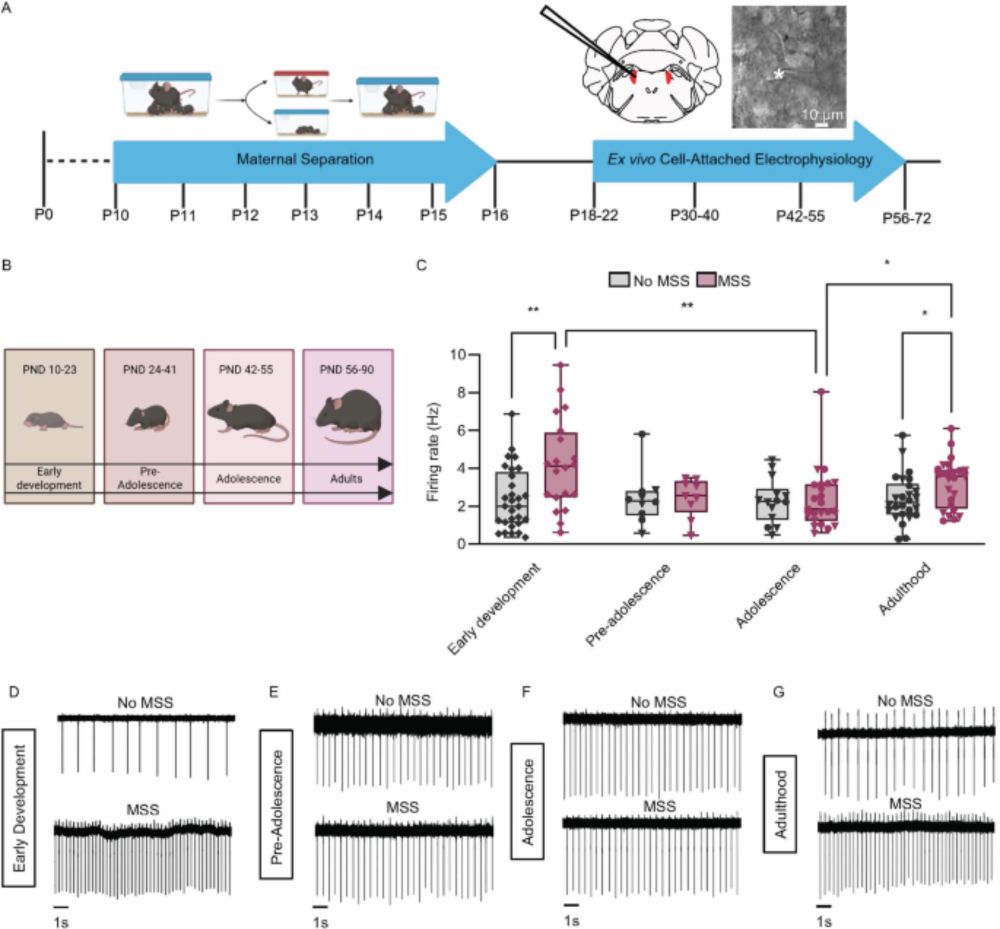Heidi Jacobs
@heidijacobslab.bsky.social
1.1K followers
390 following
390 posts
Associate Prof @MGH @HarvardMed @MaastrichtUni | Locus coeruleus & other neuromodulators in early detection and prevention of Alzheimer’s disease | 7T MRI, PET
Posts
Media
Videos
Starter Packs
Pinned
Heidi Jacobs
@heidijacobslab.bsky.social
· Jul 23

Earlier Detection of Alzheimer’s Could Help Reduce Its Most Devastating Effects
Heidi Jacobs, PhD, is a leader in Alzheimer’s disease research whose personal experience with the disease strengthens her passion for finding a cure — something she is well on her way to achieving.
giving.massgeneral.org
Reposted by Heidi Jacobs
Reposted by Heidi Jacobs
Reposted by Heidi Jacobs
Reposted by Heidi Jacobs
Jason Hassenstab
@ctrlab.org
· 25d

Impacts of Environmental Distractions and Interruptions on Unsupervised Digital Cognitive Assessments in Older Adults: Cognitive Ecological Momentary Assessment Study
Background: Unsupervised cognitive assessments are becoming commonly used in studies of aging and neurodegenerative diseases. Because assessments are completed in everyday environments and without a p...
mhealth.jmir.org
Reposted by Heidi Jacobs
Reposted by Heidi Jacobs
Reposted by Heidi Jacobs
Reposted by Heidi Jacobs
Reposted by Heidi Jacobs
Reposted by Heidi Jacobs
Reposted by Heidi Jacobs
Reposted by Heidi Jacobs
Omer Sharon
@omersharon.bsky.social
· Aug 23

REM Sleep Misfires: Intruding Delta Waves Forecast Tau, Amyloid, and Forgetting in Aging
Rapid Eye Movement (REM) sleep degrades with age, and more severely in Alzheimer's disease (AD). REM sleep comprises about twenty percent of adult sleep, alternates between phasic and tonic periods, a...
doi.org
Reposted by Heidi Jacobs
Reposted by Heidi Jacobs
Reposted by Heidi Jacobs
Reposted by Heidi Jacobs
Deon T. Benton
@deontbenton.bsky.social
· Aug 10
Reposted by Heidi Jacobs
Reposted by Heidi Jacobs










![Simulated transport and production dynamics in the local FKPP model. Left: Simulation from the local FKPP model using carrying capacities derived from Gaussian mixture models (shown top right). Each line in the middle panel represents the SUVR trajectory of one DK atlas brain region. Values at time points years are projected onto a cortical rendering in the top panel. Each line in the bottom panel represents concentration averaged over Braak regions. Top right: Two component Gaussian mixture model fit to a multi-cohort tau PET dataset [24] and data from ADNI for right inferior temporal lobe. Bottom right: Right hemisphere cortical rendering of the SUVR carrying capacities as determined through Gaussian mixture modelling.](https://cdn.bsky.app/img/feed_thumbnail/plain/did:plc:5522ztebtekoor5efelihqhb/bafkreidvyyx2seiwefemwo6bvbfw6q7chuhw627ppxyixeminyueea7tzq@jpeg)








